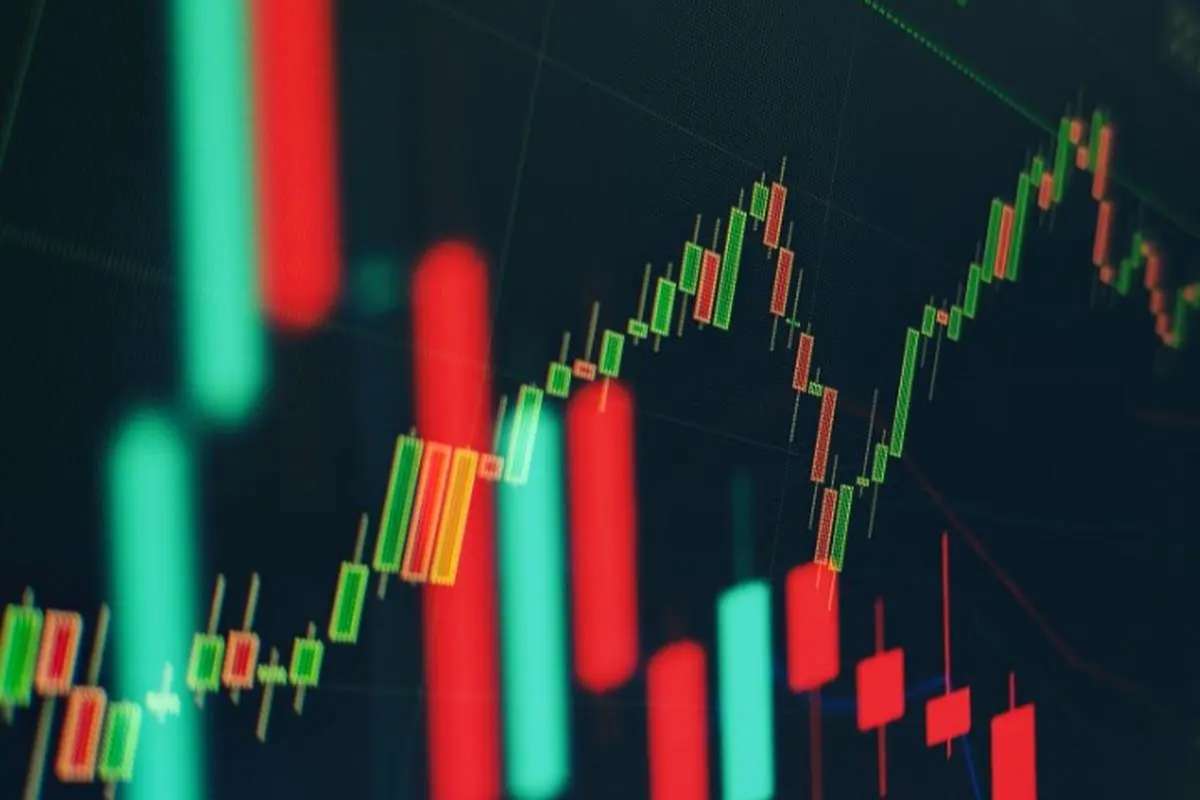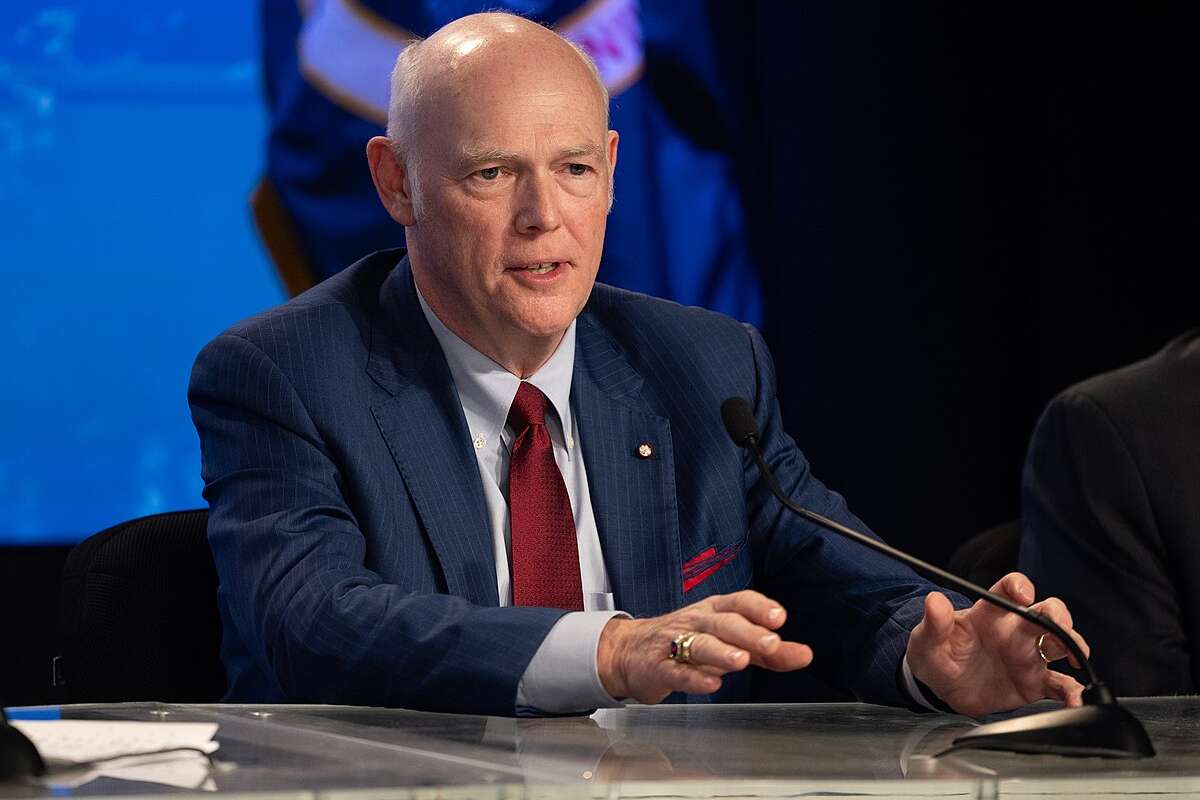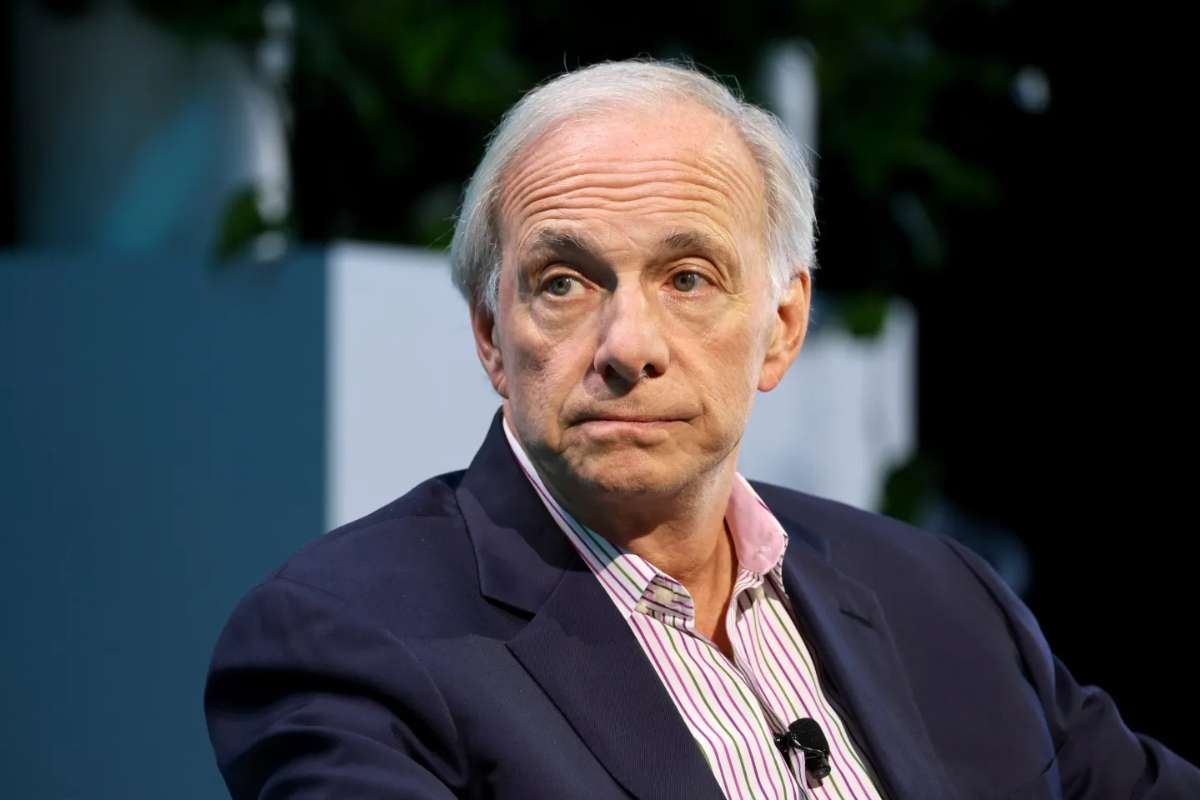The U.S. bond market, often referred to as the financial system’s backbone, plays a critical role in shaping interest rates across the economy. Movements in bond prices and yields directly influence borrowing costs for everything from credit cards and mortgages to business loans and government debt. As a result, even small shifts in the bond market can have far-reaching implications.
When investors lose confidence in the economy, they may sell government bonds, driving down prices and pushing yields higher. Since U.S. Treasury bonds are typically seen as the safest investment, their yield acts as a benchmark. If yields rise, other borrowers—such as corporations, cities, and consumers—must also offer higher interest rates to attract lenders. This domino effect tightens the flow of credit and raises costs throughout the economy.
Economists warn that this chain reaction can constrain both consumer spending and business investment, leading to economic slowdowns. Moreover, as the federal government issues new bonds at higher rates, its debt burden increases, potentially crowding out funding for other priorities such as healthcare, defense, or infrastructure.
Tariffs, Markets, and a Presidential Pause
Recent market turbulence illustrates how quickly investor sentiment can shift. Following former President Donald Trump’s April 2 announcement of sweeping tariffs, financial markets reacted with concern. Stock prices dropped, but it was the bond market’s movement that most alarmed economists. Investors began selling off U.S. government bonds, signaling fear about the economic impact of a trade war. Bond yields surged, with 10-year Treasury yields rising from below 4% to 4.5% within days.
This bond market upheaval appeared to spook the White House. On April 9, Trump paused most of the proposed country-specific tariffs. Although he maintained a general 10% tariff and preserved duties on countries like China, Canada, and Mexico, the pause seemed aimed at calming economic anxiety. However, analysts noted that the damage was already done. Yield spikes persisted, revealing ongoing investor uncertainty about future trade policy and its broader consequences.
According to economists like Anastassia Fedyk and Joseph Steinberg, this behavior reflected fears that the U.S. government’s perceived reliability as a safe investment was weakening—an unsettling sign for global markets.
Why Americans Should Watch Bond Yields Closely
Understanding the U.S. bond market is crucial for anyone with a stake in the economy. Rising bond yields mean higher costs for everyday Americans: mortgages become pricier, credit card rates climb, and small businesses find it harder to secure loans. Even the federal government’s ability to fund programs can be hampered when its borrowing costs soar.
What unfolded in early April also defied historical patterns. Typically, during uncertain times, investors flock to U.S. bonds for safety, driving prices up and yields down. But the opposite occurred after Trump’s tariff announcement—prices fell and yields rose—signaling rising inflation expectations and diminished investor confidence.
Even after the 90-day tariff pause, the rebound in investor trust was limited. Yields declined slightly after peaking but remained well above pre-announcement levels. “There is still a lot of uncertainty,” Fedyk noted, especially regarding the future of U.S.-China trade relations and the long-term economic outlook.
In essence, the U.S. bond market serves as both a financial thermometer and a potential trigger for broader economic shifts—making it essential for policymakers and the public alike to pay close attention.











